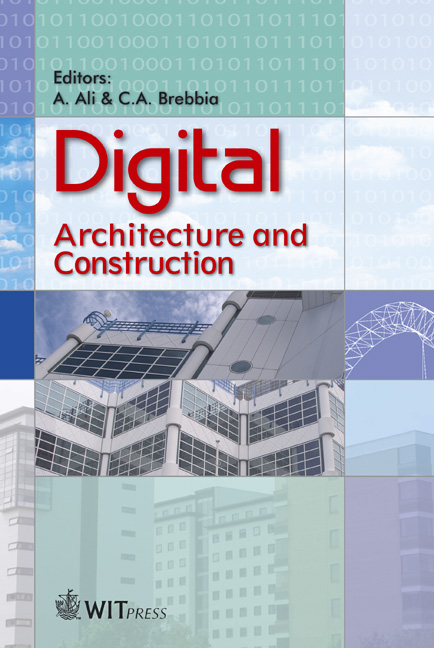Photogrammetry And 3D City Modelling
Price
Free (open access)
Transaction
Volume
90
Pages
10
Published
2006
Size
3,276 kb
Paper DOI
10.2495/DARC060211
Copyright
WIT Press
Author(s)
Y. Kobayashi
Abstract
3D city modelling and urban visualization using the technology of photogrammetry is one of the largest growing research topics in digital architecture. There are many different methods of 3D city modelling and many different applications of 3D city models. This paper introduces a modelling method of creating a 3D city model from aerial images using a commercial off-the-shelf photogrammetry tool and discusses the efficiency and effectiveness in terms of time, labor, and reusability. The 3D city model is created not only for scientific visualization but also for architectural design evaluations. In this project, a 3D city model of downtown Phoenix, USA, is demonstrated. Keywords: photogrammetry, city modelling, computer graphics, GIS. 1 Introduction Recently 3D city models are utilized in various fields such as scientific visualization, 3D maps, car-navigation systems, 3D-GIS, and 3D games. In this paper, 3D city model is defined as a digitalized three-dimensional computer model of an existing city rather than a virtual city model. There are many different methods for creating 3D city models, and researchers are trying to develop more efficient and effective methods. These modelling methods are mainly categorized into three approaches; automatic, semi-automatic, and manual. The automatic approach is to extract 3D objects such as buildings, streets, and trees from aerial or satellite images by using the technologies of image process and pattern recognition in artificial intelligence [1, 2]. The Semiautomatic approach is to create 3D objects one by one with the support of technologies like photogrammetry and 3D vision [3]. The manual approach is to create all geometries of an object one by one in CAD and CG software packages
Keywords
photogrammetry, city modelling, computer graphics, GIS.




